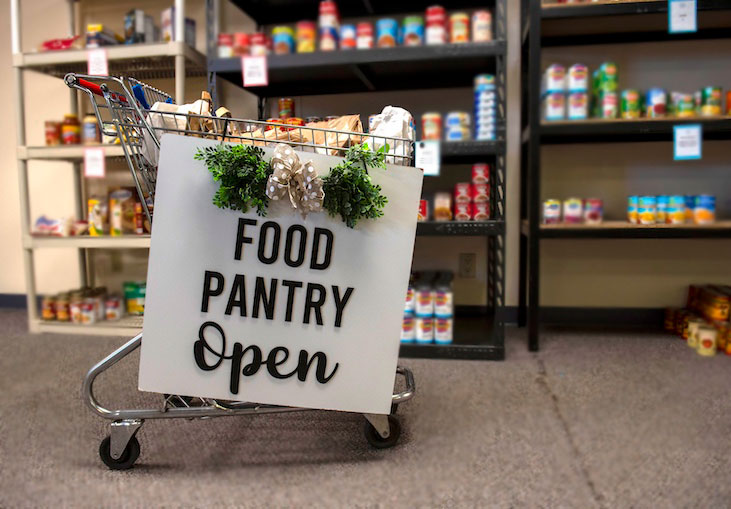Food security—or having access at all times to enough nutritious food for an active, healthy life—is crucial in the military. In 2020, roughly a quarter of active-duty Service Members reported low or very low food security (compared to about 10% of Americans who identified as food insecure). Still, leaders can use the results from military nutrition assessments to help guide change and improve choices at food venues on their installation. A food environment that offers convenient, nutritious, affordable, and tasty foods benefits the health and performance of the entire military community and may support food security.
Food security challenges
Service Members might be struggling with food security for multiple reasons.
- Financial difficulties and the price of food, particularly nutritious foods. Some military bases are located in high cost-of-living areas where food is more expensive.
- Timing and access. Working hours and food venue operation hours might not align and leave limited time to access food (especially during shift work). Dining facilities and galleys are often underused due to limited hours, location on base, and other factors. Some military personnel also might experience the limited availability of affordable, nutritious foods on and off base.
- Assistance programs. Most food-insecure Service Members don’t use food assistance programs even if they’re eligible.
How can the mNEAT process support food security?
Registered dietitians and health promotion educators use the DoD’s military nutrition environment assessment tool (mNEAT) to review food availability and access among different food service venues on base. Several venue-type assessments include questions about pricing and promotion of more nutritious options.
- The community venue assesses how the local community supports and encourages nutritious eating habits. It reviews whether a local, cross-functional nutrition environment working group exists to improve the food environment on the installation or ship.
- The MWR assessment looks at the availability of healthy items at MWR locations, which often have hours extended beyond traditional dining facilities.
Completing the mNEAT can help build relationships and collaborations with food service operators across the installation to support the entire community and target food environment improvements. mNEAT action plans often focus on food availability, behavioral design, and/or policy, which can also help increase local access to nutritious food and enable food security.
Strategies for leadership
Leaders can support food security with the mNEAT assessment results and by reviewing local policies that affect the military nutrition environment.
- Prioritize your installation’s efforts to improve food access and availability.
- Support plans to complete an mNEAT.
- Provide resources to accomplish mNEAT-related goals (for example, funding and policy).
- Offer time to discuss the mNEAT results and improvement plans with the assessment team.
- Leverage other command and Service initiatives to increase nutritious food availability and access.
- Encourage stakeholder collaboration among food service venue operators and health promotion and nutrition leaders.
- Integrate current fitness or performance program implementation (such as Holistic Health and Fitness or Operational Support Teams) with annual assessments and improvements of the food environment through the mNEAT.
- Use the Defense Organizational Climate Pulse tool to conduct a command climate assessment survey.
- Include the two optional questions related to food security.
- Within the past 12 months, how often have you or your household worried whether your food would run out before you got money to buy more?
- Within the past 12 months, how often have you or your household not been able to afford to eat balanced meals?
- Review mNEAT findings with survey results.
- Identify wins and seek opportunities to create a local food environment that supports food-security efforts.
- Include the two optional questions related to food security.
For more information and resources on food security, visit:
- HPRC’s What other programs are available if I can’t afford groceries?
- Military OneSource’s MilLife Guide: Food Security Resources and Support Programs
- OneOp’s Military Families and Food Security: A Call to Action
- U.S. Department of Defense’s Strengthening Food Security in the Force: Building on Our Progress [PDF]
